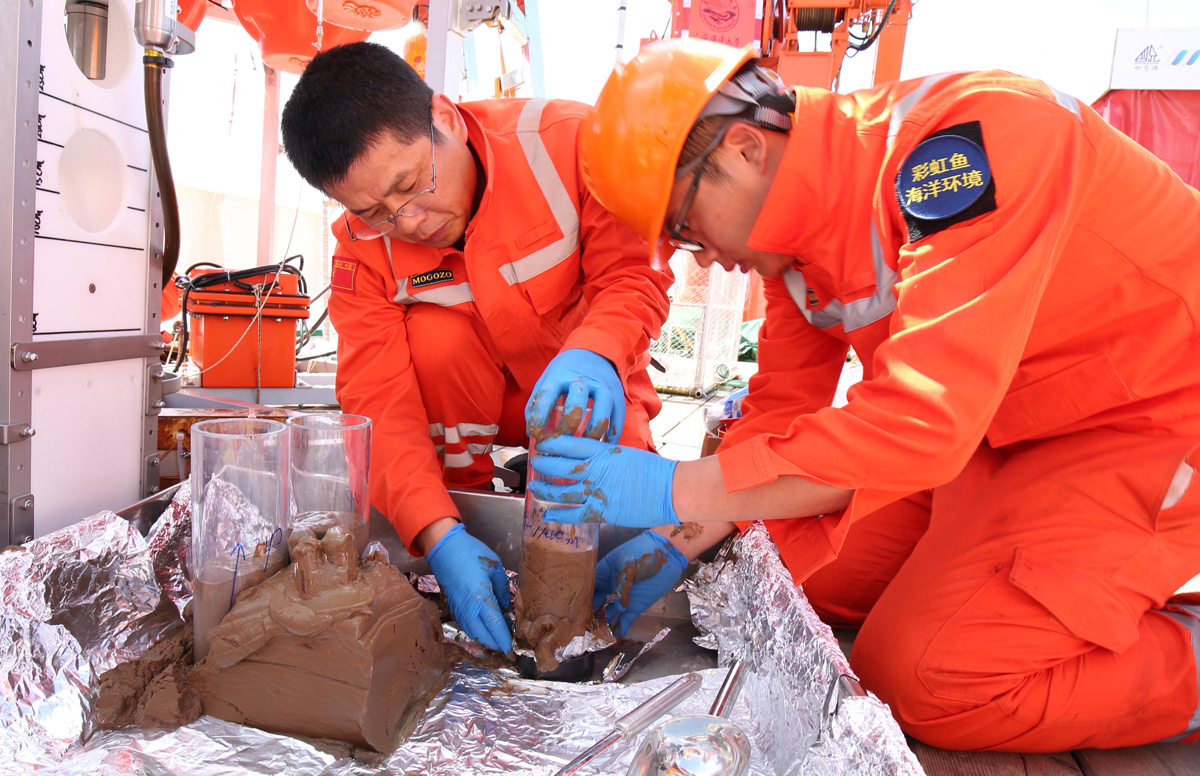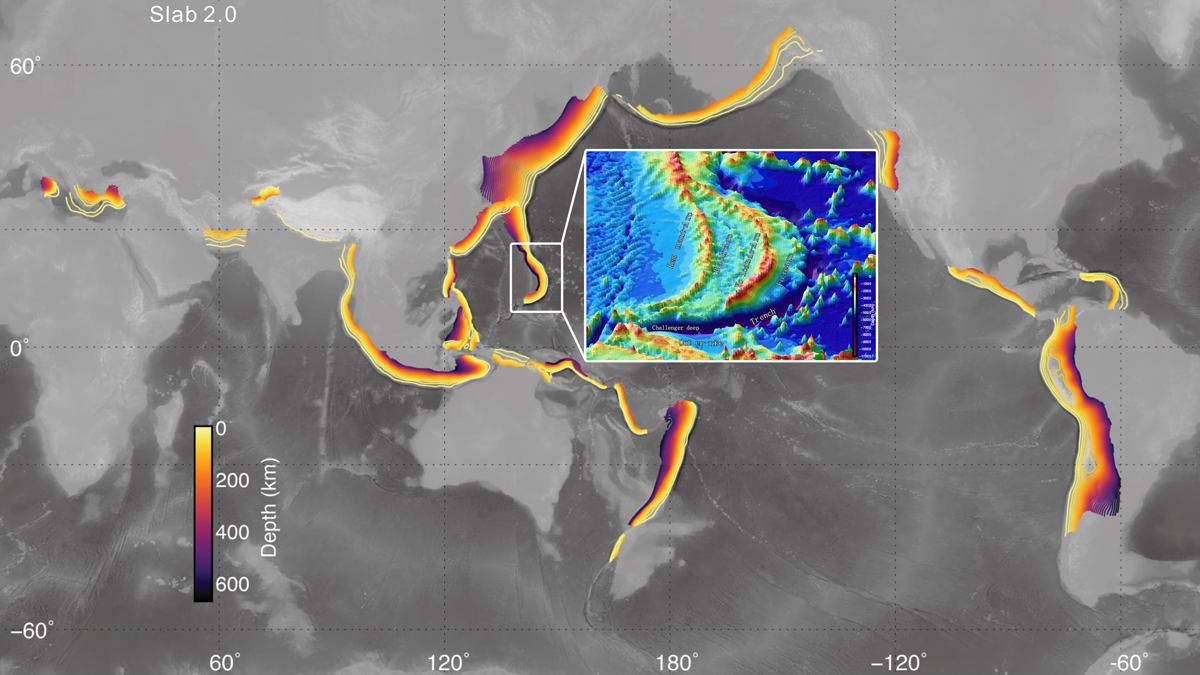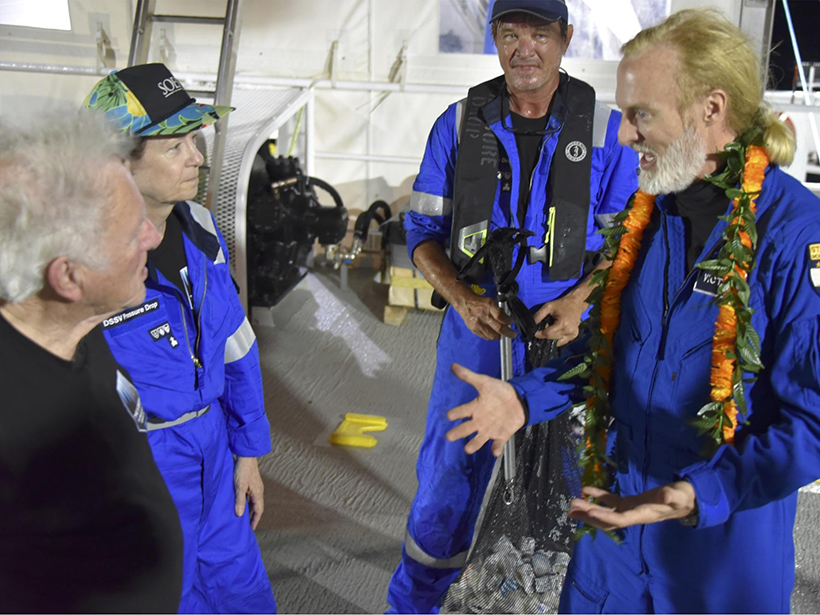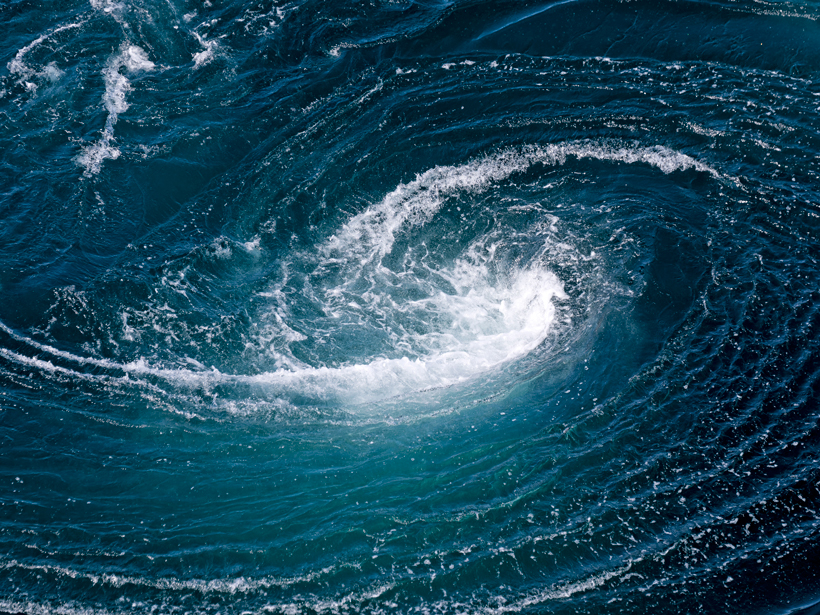Surprising amounts of mercury settling into deep-sea trenches may provide a fuller picture of the metal’s path through the environment, but pulling it to the surface is no easy feat.
Mariana Islands
Deep Earthquakes Suggest Well-Hydrated Mariana Subduction Zone
Earthquakes as deep as 50 kilometers below the seafloor were detected by 12 ocean bottom seismometers placed around the Challenger Deep.
Vehículos robóticos exploran campos de batalla de la Segunda Guerra Mundial en el océano
El Proyecto Recover usa vehículos autónomos submarinos para identificar, acceder, y captar imágenes de sitios difíciles de alcanzar con restos de la Segunda Guerra Mundial, cerca de las Islas Marianas del Norte.
Robotic Vehicles Explore World War II Era Ocean Battlefields
Project Recover used autonomous underwater vehicles to identify, access, and image hard-to-reach World War II wreckage sites near the Northern Mariana Islands.
Limiting Factor Was a Science Opportunity for a Deep-Sea Geologist
For Mariana Trench expert Patricia Fryer, an extreme explorer’s record-setting dive was a chance to retrieve some of the deepest samples ever collected.
What Happens When Ocean Eddies Hit a Wall?
A new study tracks two ocean eddies passing over the Pacific Ocean's Izu-Ogasawara Ridge.






